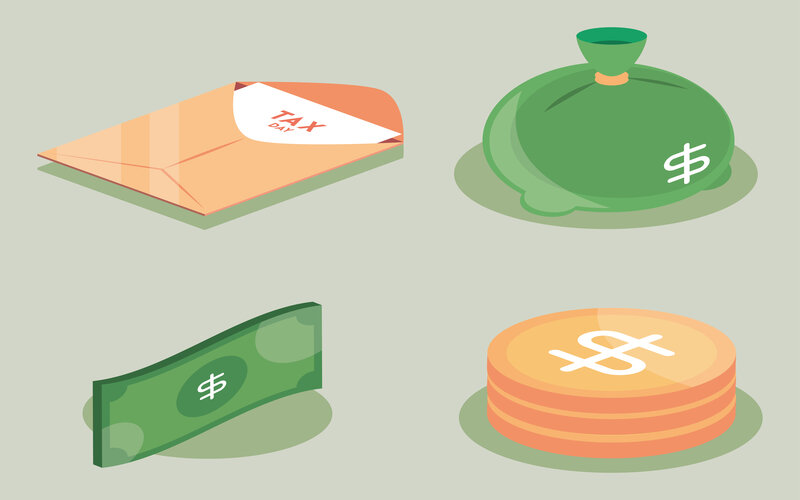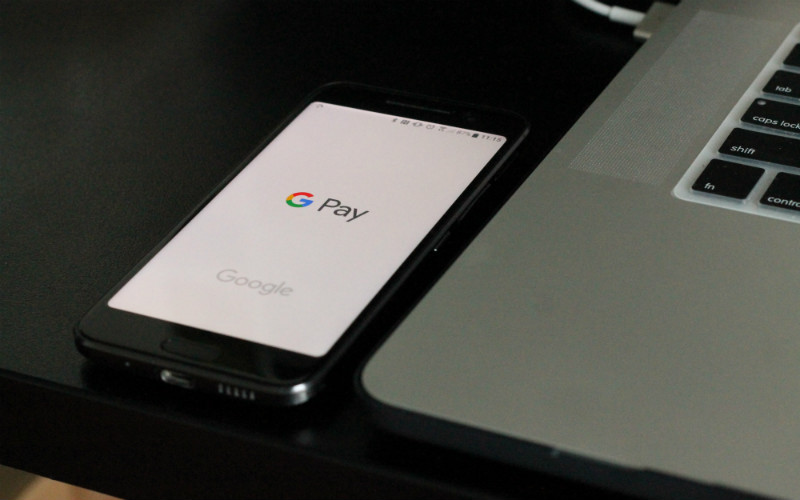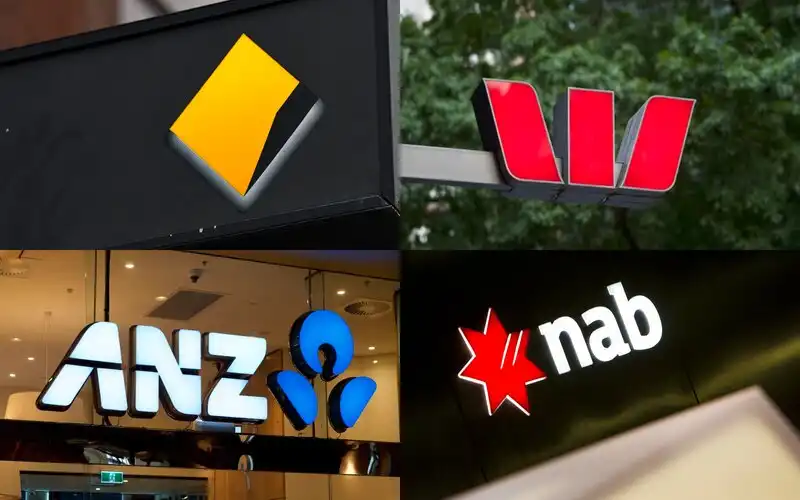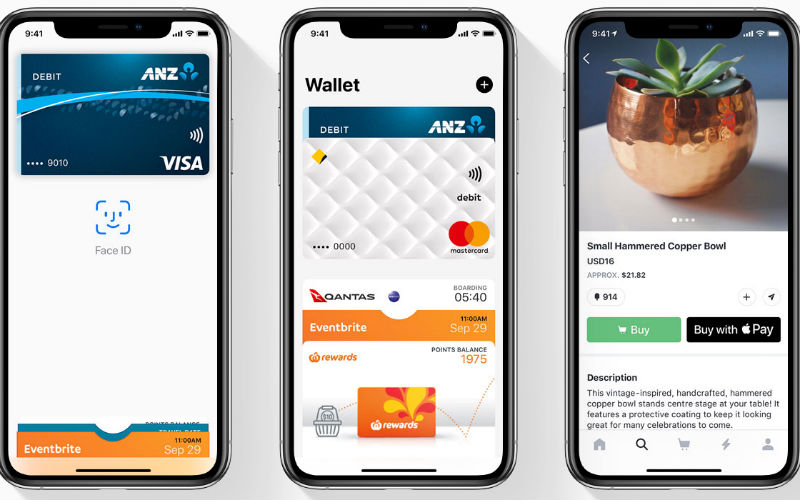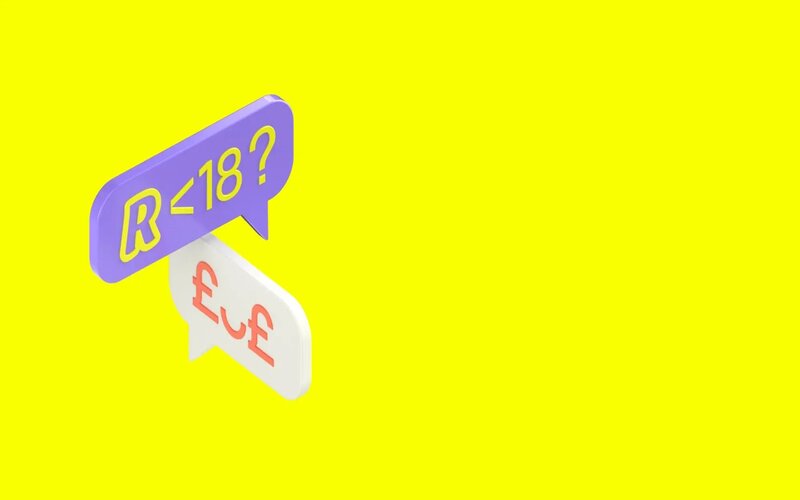But what's the difference between them? Many people are unaware that they're not the same thing. One big difference is that transaction accounts accrue very little - if any - interest while savings accounts generally earn interest but can come with certain restrictions.
Understanding where you've got your cash reserves stored and what other options are out there is the first step in ensuring you're making the most of your money.
What is a transaction account?
A transaction account is an everyday bank account you can use for your day-to-day expenses. You may have your salary paid directly into your transaction account, and this may be the account you use to pay your bills and other expenses.
Such accounts are usually linked to a debit or credit card which can be used to pay for goods or withdraw cash from an ATM. So, when you choose the 'savings' button on an EFTPOS device, it will be your transaction account the funds will be drawn from (just to confuse things a little). Transaction accounts are generally fee-free or may come with fees for accessing specific services such as conducting in-branch transactions or withdrawing cash from other providers' ATMs.
What is a savings account?
A savings account is one that earns you interest on the balance in your account and typically doesn't come with a debit card. Some savings accounts can pay a flat rate of interest on the amount in your account while others require you to meet certain deposit conditions each month to qualify for the highest interest rate offered, or the 'bonus interest rate'. If you don't meet the conditions, you will be paid what's called the 'base rate' of interest.
See also: The different types of savings account interest rates
What's the difference between base and bonus interest?
On accounts that don't pay a flat rate of interest, including many high-interest savings accounts, you'll often see two interest rates advertised. The one in larger font and loudly touted in the bank's marketing material will almost certainly be the higher bonus interest rate.
Sometimes this rate can be a 'welcome' or 'honeymoon' rate to entice new depositors to open an account. The welcome rate will revert back to a lower interest rate after a set time period.
But sometimes achieving the bonus interest rate will depend on the account holder depositing a certain amount every month or simply ensuring the balance grows. The bonus rate applies if the account holder is compliant, but a much lower base rate of interest will be paid if they are not. On some savings accounts, no interest will be paid if the account holder fails to comply.
Compare the pair: Transaction accounts vs savings accounts
Here's a summary of the main differences between the two accounts:
|
Transaction accounts |
Savings accounts |
|
|---|---|---|
|
Earning interest |
Don't earn interest (or earn very low interest) |
Earn interest (although some may only pay interest when the account holder meets certain conditions) |
|
Conditions |
Few conditions on access |
Can impose conditions on achieving the highest interest rate, such as minimum monthly deposit amounts |
|
Transactions |
Set up for everyday outgoings/incomings |
Some allow transactions; others will impose a transaction limit |
|
Fees |
Some may come with no fees or may levy fees if certain deposit conditions aren't met. Others may charge a monthly account-keeping fee. Can also charge separately for some services such as in-branch transactions, EFTPOS, withdrawing cash from another provider's ATM, or BPAY. |
Some may come with monthly fees (often via linked transaction accounts). Some may charge for making withdrawals or certain services, such as receiving statements on paper. |
Should you use a savings account or a transaction account?
Chances are, if you have a savings account, you already have a transaction account, unless you've somehow got this far without using a debit or credit card.
The transaction-savings account duo is designed for people to use the transaction account for their day-to-day spending and incomings, and to stash what they want to put away into a higher interest earning savings account where their funds can literally make money.
In simple terms, if you have a transaction account that has a fair sum of cash sitting in it, it's likely not working as hard for you as it could be. You could be earning far better interest in a dedicated savings account where ideally you can be putting money into on a regular basis.
How to choose a savings account?
First up, don't feel compelled to open a savings account with the same provider of your transaction account. There is a big market out there offering competitive rates and features and many providers will be more than happy for you to link your existing transaction account with their savings products. (Others may require you to also open a transaction account with them.)
Here's what to look out for:
High interest rate
This is probably the key consideration if you're wanting to grow your money. Make sure you're looking for an interest rate that's higher than the current rate of CPI inflation or your money will actually be losing value in real terms.
Bigger incumbent banks typically don't offer the most snazzy interest rates due to their higher overheads. Challenger brands and online banks tend not to have the same branch networks and staffing numbers so they can generally offer more competitive rates to attract customers.
Here's a selection of high-interest savings accounts currently on the market:

Introductory or bonus interest rates
If you see an eye-catching interest rate on the market, be sure to check whether it's an introductory interest rate and if it is, how much the rate will revert to after the introductory period is over.
Also check whether there are any conditions on achieving the highest advertised rate and how they will suit your individual circumstances. You may not be in a position to deposit $2,000 into a savings account each month. If that's the case, you may be better off with another account with no strings attached or better suited to your financial position and savings habits.
No account fees
There are many savings accounts on the market these days that are fee-free while some may allow a certain number of transactions before fees apply. A no or low-fee account can make a considerable difference to the amount you save and earn in interest over the long term. It's difficult to justify paying fees to store your money when you don't have to.
What other options are out there for savers?
While savings accounts can be great for earning interest, they're not your only avenue for saving extra dollars. Here are some other alternatives:
Term deposits
Term deposits allow you to lock your money away for a set period of time for a pre-agreed, fixed rate of interest. It also means you can't withdraw any of your money without paying a penalty. Interest is paid monthly, quarterly, annually, or at the end of the term, according to your choice of product. Term deposits can be good if you can't trust yourself not to dip into your savings.
However, you could consider term deposits as something of a wager between you and your bank. You're betting interest rates won't rise above your fixed rate during the time you're locking your money away. Your provider, on the other hand, is aiming to secure your money with what appears a generous interest rate but is betting interest rates will move by the time it has to pay you interest.
See also: Savings accounts vs term deposits: which should you choose?
It's also worth bearing in mind that savings accounts pay compound interest while term deposits pay simple interest. In practical terms, this means your initial deposit in a savings account earns interest as well as any previous interest you've earned - so effectively you keep earning interest on your interest.
Term deposits typically earn interest once when it's paid on the principal at the end of a specified term. The trade-off (there's always something) is that the variable interest rate on a savings account can fall at any time according to the market or the provider's internal rate-setting whereas the term deposit rate will remain fixed for the duration of the deposit. You know what you're getting with a term deposit.
Investing in shares, property, ETFs, and more
Another way to make your money work for you is through investing. You could look into investing in property, shares, ETFs, crypto, or any other kind of financial investment. For some investment classes, your options can be limited by how much you have to get started. For example, you'll need a relatively large deposit to start investing in property while micro-investing allows you to dip your toes in the market without investing tens of thousands of dollars.
Investment advisors will tell you these styles of investment can earn you far more than putting your money into savings accounts or term deposits. The downside is they also carry considerable extra risk.
Money in transaction and savings accounts, and term deposits, are covered by the federal government's guarantee to reimburse funds up to $250,000 in any ADI (authorised deposit-taking institution). Before you embark on any investment, it's imperative to do your research, understand what you're investing in, and if you're not sure whether it's the right investment choice for you, seek advice from an accredited financial adviser.
Savings.com.au's two cents
Transactions accounts are fine for transacting (although make sure you're not getting slugged with too many fees for doing so) but if you've got built up funds in your transaction account, you're simply not making the most of your money.
Transaction accounts should contain the minimum you need to conduct your day-to-day financial affairs while your savings account should be where the bulk of your cash is stowed. Doing this can literally earn you hundreds of dollars a year for doing not too much at all.
But some savings accounts are far better than others. Make sure your savings account has a competitive interest rate and isn't making you jump through too many hoops to take advantage of it. If you have a savings account that has conditions attached to earn the highest interest rate, make sure you're meeting them.
If you're not getting the highest rate of interest every month, change savings accounts to one with no conditions and preferably no fees. There is a good selection of these on the market. Do you research and make the switch. It can put a significant extra stash in your pocket over the long term.
First published on June 2022
Photo by Eloy Carrasco on Unsplash







 Denise Raward
Denise Raward





